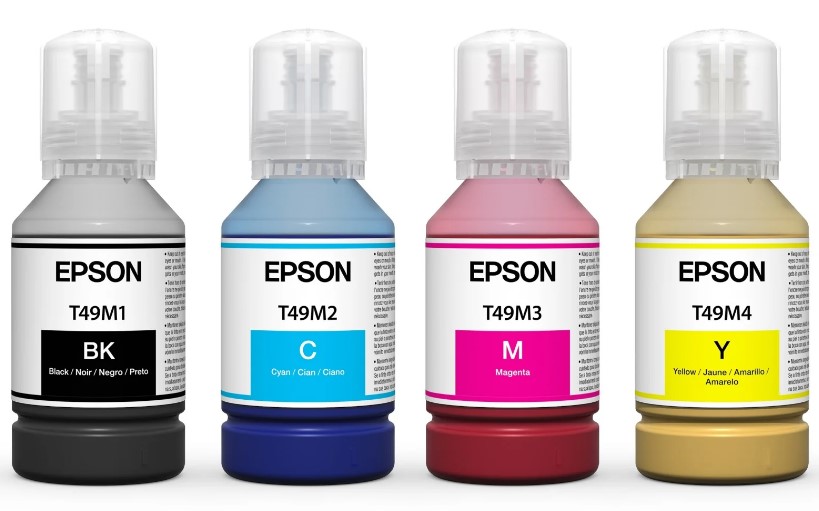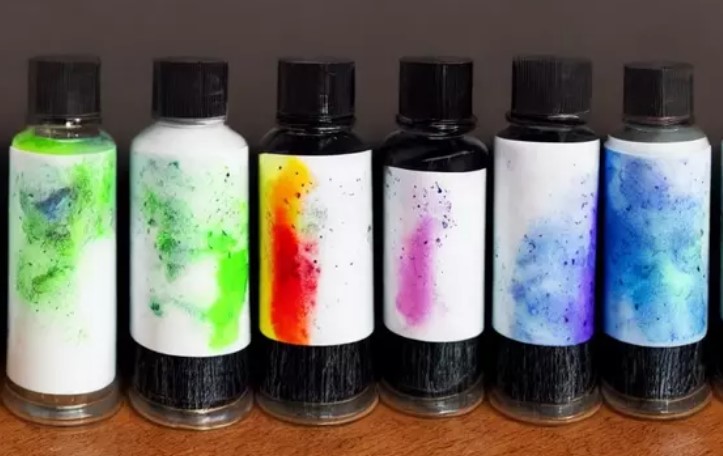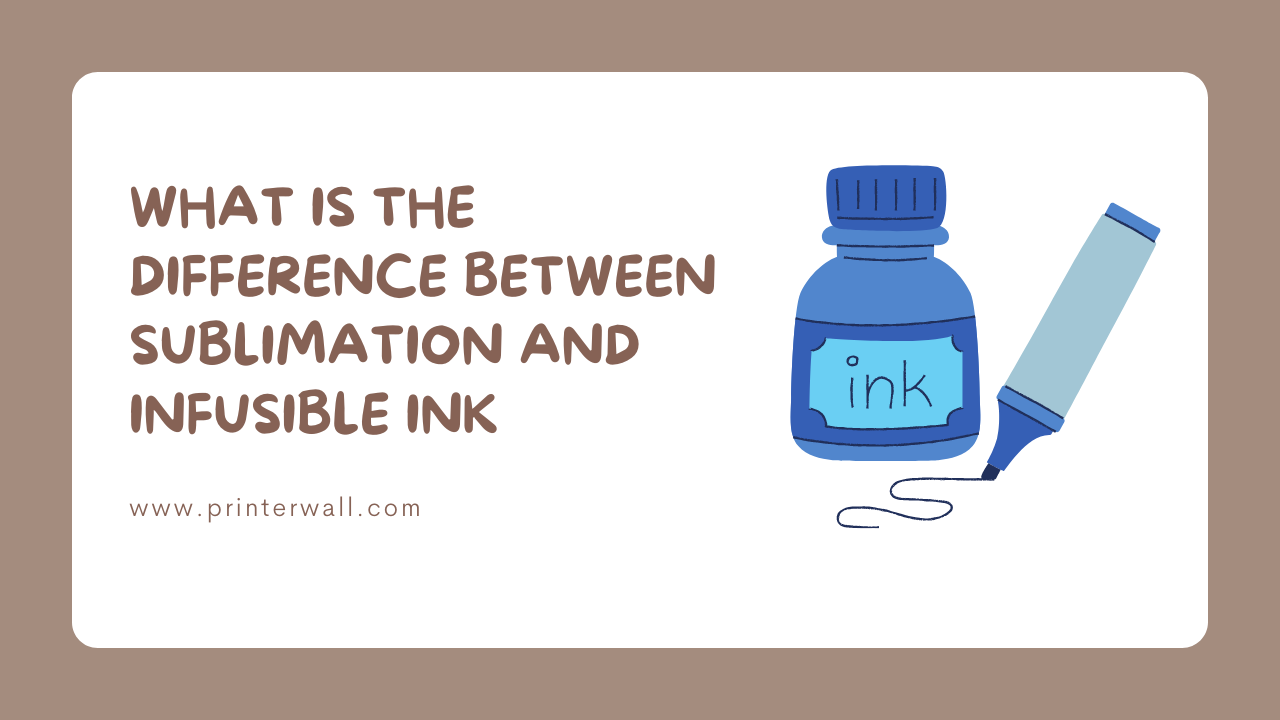Sublimation and infusible ink are both methods of printing that have become popular in recent years. Both techniques offer a durable and detailed printing solution, but there are some notable differences between the two. In this article, we will explore the differences between sublimation and infusible ink, including their benefits and drawbacks, to help you better understand which option is best for your printing needs.
What is Sublimation Ink

Sublimation is a printing process in which a design is printed onto a special transfer paper using sublimation inks, then transferred onto a textile or other substrates using heat and pressure. Sublimation creates a sharp, vivid and permanent image that won’t fade or crack over time. It’s often used for custom apparel, such as t-shirts, hats, and bags, but can also be used for creating items such as mugs, phone cases, and other souvenirs.
What is Infusible Ink

Infusible Ink is a type of sublimation ink that is designed to be printed directly onto fabrics or other substrates using a compatible printer. Unlike traditional sublimation, Infusible Ink does not require the use of a transfer paper or additional heat and pressure to transfer the design onto the substrate. This process allows for a more vibrant and permanent image that won’t fade or crack over time.
Comparison of Sublimation and Infusible Ink
Similarities
Sublimation and infusible ink are two printing techniques used to provide long-lasting, vibrant prints onto fabrics and other materials. Both of these techniques use heat to transfer ink onto the target material, and the ink becomes part of the material instead of sitting on top of it. As a result, both techniques offer excellent durability, as the prints will not fade or crack over time. These techniques are also both capable of producing full-color prints with a wide range of colors, making them ideal for a variety of applications.
Differences
The primary difference between sublimation and infusible ink is the type of ink used. Sublimation ink is a dye-based ink that is vaporized when exposed to heat, while infusible ink is a polymer-based ink that melts when exposed to heat. This difference in the type of ink used results in different finished prints; sublimation prints tend to be brighter and more vibrant, while infusible ink prints tend to have a more matte finish.
Additionally, sublimation is more limited in terms of the materials it can be used on, as the material must be polyester or polyester-coated in order for the ink to properly sublimate. By contrast, infusible ink can be used on a wider variety of materials, including cotton, polyester, and even leather.
Advantages and Disadvantages of Sublimation Ink
Advantages
Sublimation ink offers several advantages over traditional inks. It is able to print onto a wide variety of fabrics and materials, making it ideal for creating custom-printed clothing, home décor, and other items. Sublimation ink also produces vibrant and durable prints that are highly resistant to fading and scratches. Furthermore, the cost of operating a sublimation printer is much lower than a traditional printer, as the ink cartridges are much more affordable and last much longer.
Disadvantages
Despite its many benefits, sublimation printing has some disadvantages. First, the process requires a special type of printer and paper, which can be expensive to purchase. Additionally, the printed fabric must be heat-pressed in order for the design to transfer properly, which can be time-consuming and costly. Finally, sublimation ink is less versatile than other printing methods, as it can only be used on specific types of fabrics and materials.
Advantages and Disadvantages of Infusible Ink
Advantages of Infusible Ink
Infusible Ink is a popular form of printing that offers many advantages. It is a process of transferring a full-color graphic onto fabric using heat and pressure. Infusible Ink is a relatively new technology, but it has quickly become the preferred method for printing onto fabric, especially for garments and other apparel. The main advantages of Infusible Ink are its durability, softness, and vibrant colors.
Infusible Ink is highly durable since the ink is actually fused into the fabric fibers, rather than just sitting on top. It won’t crack, peel, or fade over time, making it ideal for apparel that needs to last for a long time. Also, the colors are incredibly vibrant and will last for years without fading.
Infusible Ink is also much softer than traditional screen printing, which can often feel stiff and uncomfortable. The ink is soft to the touch, so it won’t irritate skin. This makes it ideal for printing on garments that need to be comfortable to wear.
Disadvantages of Infusible Ink
Although Infusible Ink offers many advantages, there are also some disadvantages to consider. One of the main drawbacks is that it is more expensive than traditional screen printing. This can make it difficult to produce larger orders in a cost-effective manner.
Also, the process of printing with Infusible Ink can be time consuming and labor intensive. It requires a specialized printer and a heat press, as well as the expertise of a trained operator. This makes it difficult for individuals or small businesses to produce large orders of printed products.
Finally, Infusible Ink is not suitable for all types of fabric. It works best on polyester, cotton and polyester-cotton blends, but can be problematic on fabrics such as nylon or spandex. It’s important to test different fabrics before committing to a large order.
Conclusion
Sublimation and infusible ink are two popular methods of printing designs onto garments, but they each have their own unique set of advantages and disadvantages. Sublimation printing is better for printing high-resolution designs, while infusible ink is better for printing designs with a softer feel. Both methods are great for businesses looking to customize their products, and the choice between the two should be based on the specific needs of the customer. Ultimately, both methods are a great choice for making unique and personalized garments for any occasion.
Also Read: What is Sublimation Ink Made of
FAQs
What is the main difference between sublimation and infusible ink?
The main difference between sublimation and infusible ink is that sublimation is a digital printing process that uses heat to transfer dyes onto a variety of substrates, while infusible ink is a unique heat-transfer process that uses a special type of ink to infuse designs into the fabric.
What kind of fabrics can be used with sublimation and infusible ink?
Sublimation is best used on synthetic fabrics such as polyester, spandex, and nylon. Infusible ink is best used on natural fabrics such as cotton, linen, and bamboo.
How long does it take for sublimation and infusible ink to set?
Sublimation typically takes around 15-20 seconds to set, while infusible ink takes up to several minutes to set.
What type of designs can be printed with sublimation and infusible ink?
Sublimation is best used for bright, bold designs with sharp lines and details, while infusible ink is best used for more subtle designs with softer edges and details.
Are sublimation and infusible ink durable?
Yes, both sublimation and infusible ink are very durable and will last through multiple washes without fading or cracking.
